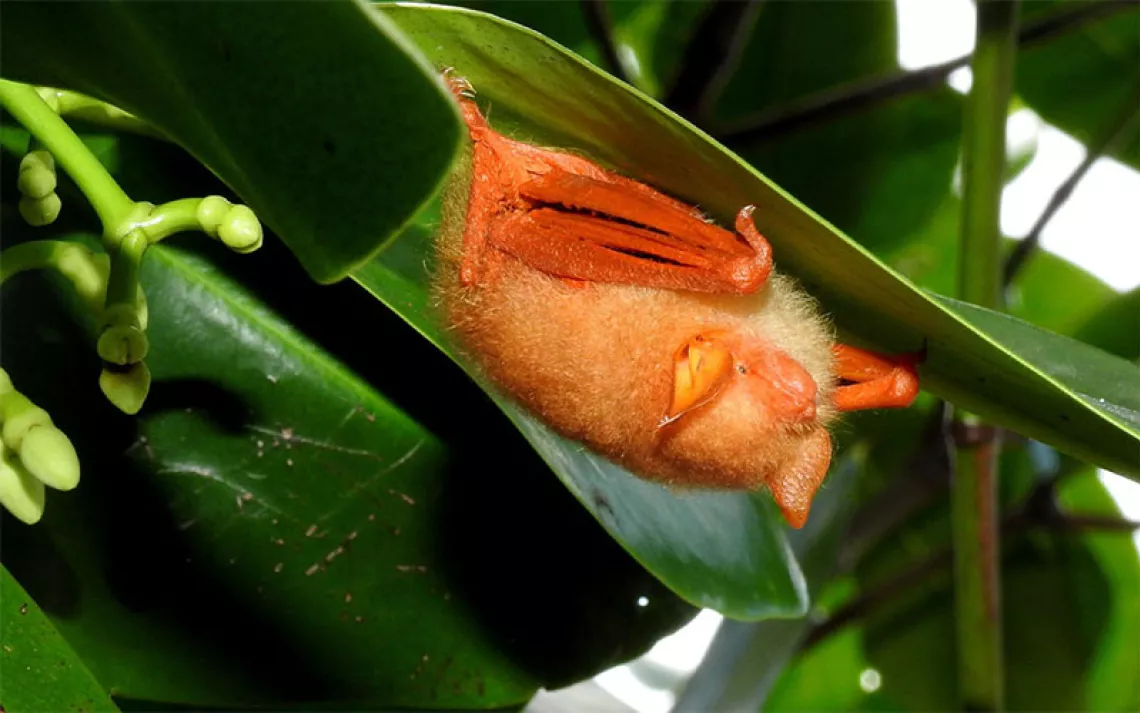Punk’s Not Dead, But This Turtle Is in Danger
The Mary River turtle is threatened, and a hairdo inspiration

Photo courtesy of Chris Van Wyk/The Zoological Society of London
Perhaps the Ramones didn’t have the Mary River turtle in mind when in 1987 they came out with the song “Death of Me,” exclaiming, “Stop this crazy carrying on/It’s going to be the death of me.” They should have—the Australian turtle, known for its punk rock hairdo, is a new addition to the EDGE—Evolutionarily Distinct and Globally Endangered—endangered-species list run by the Zoological Society of London.
EDGE’s criteria for its first list of reptiles specified endangered or threatened status but also evolutionary uniqueness. “Many reptiles are the sole survivors of ancient lineages whose branches of the Tree of Life stretch back to the age of the dinosaurs,” said Rikki Gumbs, a scientist for the Zoological Society of London and the coauthor of the EDGE Reptiles study that explains the list’s methodology, in a news release. “If we lose these species there will be nothing like them left on Earth.”
The turtle’s unique green mohawk hairstyle can be attributed to algae formation. While it’s most commonly found on the turtle’s head, it can also spring up elsewhere on the turtle’s body, for added decorative flourish.
The turtle is also known to be a “butt breather.” It can breathe underwater for up to three days due to special organs in its cloaca, a genital cavity also common to birds and other reptiles.
The Mary River turtle was once a very common turtle in the pet trade and was known in Australia as a “penny turtle”—another cred to its punk rock aesthetic—in the 1960s and '70s. It was listed for protection in 1999 under Australia’s Environment Protection and Biodiversity Conservation Act.
According to the IUCN Red List, an international inventory of threatened species with specific conservation status reports, Mary River turtles are endemic to the Mary River in Queensland and prefer parts of the river where there are shallow, fast-flowing stretches alternating with deeper pools called riffles.
While the Mary River turtle is still threatened by runoff from agriculture and sand-mining operations, the IUCN Tortoise and Freshwater Turtle Specialist Group recently took the Mary River turtle off of its comprehensive “Turtles in Trouble” list. The reason, University of Southern California professor and TFTSG chair Craig Stanford said, is that the turtle’s situation has actually improved somewhat in the last several years.
“Its main extinction threat ended when the Australian government canceled plans for a major dam project on the Mary River,” said Stanford. “The Mary River turtle is not currently at risk of imminent extinction.”
 The Magazine of The Sierra Club
The Magazine of The Sierra Club



